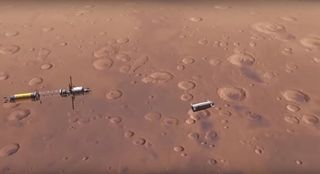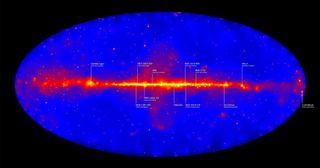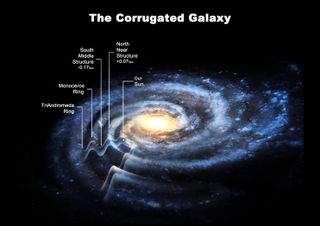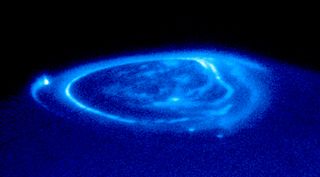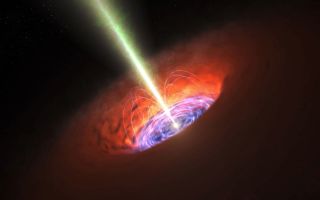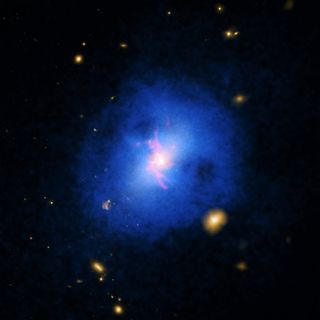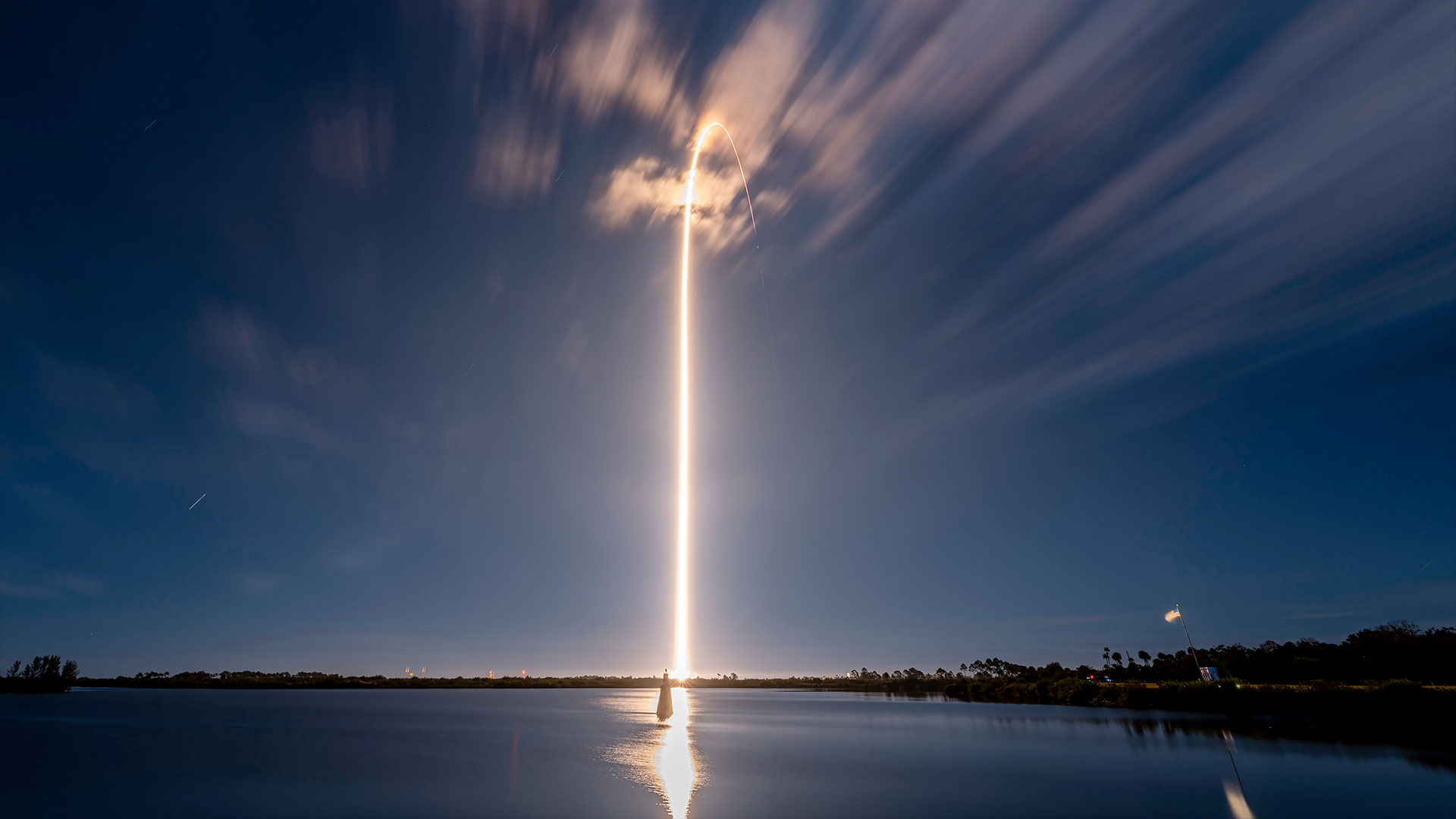Shannon Hall is an award-winning freelance science journalist, who specializes in writing about astronomy, geology and the environment. Her work has appeared in The New York Times, Scientific American, National Geographic, Nature, Quanta and elsewhere. A constant nomad, she has lived in a Buddhist temple in Thailand, slept under the stars in the Sahara and reported several stories aboard an icebreaker near the North Pole.
Latest articles by Shannon Hall
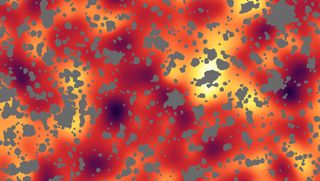
Dark Matter May Be Made of Primordial Black Holes
By Shannon Hall published
Astronomers are beginning to find strong links between dark matter and primordial black holes, bringing this tantalizing possibility into the realm of a viable hypothesis.
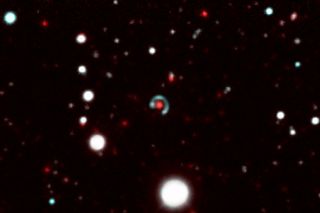
Nearly Perfect 'Einstein Ring' Forged From Ancient Galaxy (Image)
By Shannon Hall published
An early galaxy has been transformed into an almost perfect circle, thanks to the twisting and bending of light by gravity.
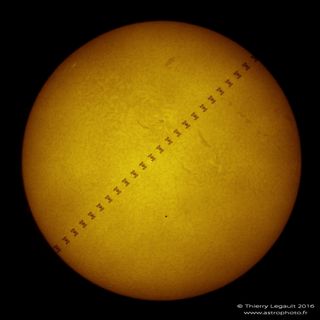
Photographer Snaps Epic View of Space Station and Mercury Crossing the Sun
By Shannon Hall published
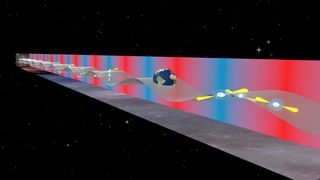
Hunt Continues for Gravitational Waves from Black Hole Megamergers
By Shannon Hall published
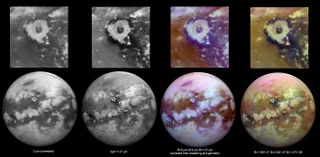
Titan's Hidden Surface: Global Map Shows New Details
By Shannon Hall published
With its dense atmosphere, Saturn’s largest moon, Titan, is a world overflowing with secrets — but new composite images could reveal some of the hidden features of this still-mysterious moon.
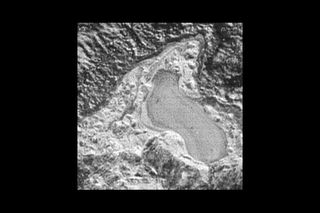
'Frozen Lake' on Pluto May Point to a Warmer Time
By Shannon Hall published
NASA’s New Horizons spacecraft has spotted evidence that liquids might have once flowed across the planet that stole everyone’s heart.
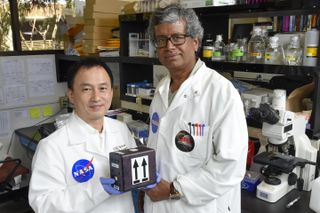
The Fungus Among Us Could Make Medicine in Space
By Shannon Hall published
A team of researchers will launch a well-studied fungus into space with the hope that it will produce new molecules to aid in novel medicines for astronauts as well as patients on the ground.
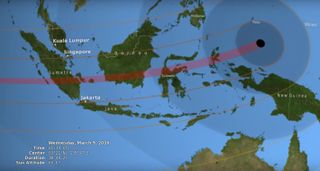
Southeast Asia to Witness Total Solar Eclipse Next Week (Video)
By Shannon Hall published
A new NASA animation shows how a total eclipse of the sun will darken skies over parts of Southeast Asia on Wednesday (March 9) local time (Tuesday, March 8, EST).

Experts to Congress: Gravitational Waves Discovery Will Help Science, Humanity
By Shannon Hall published
Members of the LIGO collaboration testified before Congress today, discussing the discovery's wide-reaching benefits.
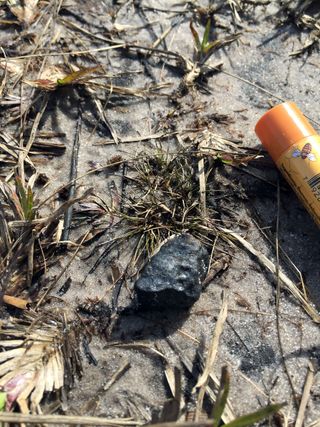
Meteorite Hunters Find 6 Space Rocks from Florida Fireball
By Shannon Hall published
Meteorite hunters in Florida have found six space rocks associated with a rare daytime fireball that streaked through the Sunshine State's skies on Jan. 24.

Wild Theory: 5-Dimensional Black Holes Could Break Laws of Physics
By Shannon Hall published
A theoretical five-dimensional black hole shatters Einstein's theory of general relativity.
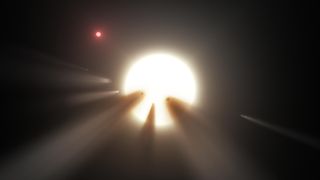
Comets May Not Explain 'Alien Megastructure' Star's Strange Flickering After All
By Shannon Hall published
It's looking less likely that a faraway star's strange dimming can be explained by a swarm of comets or an "alien megastructure."
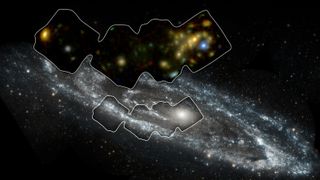
Nearby Black Holes Spied Gobbling Gas in Andromeda Galaxy (Photo)
By Shannon Hall published
A NASA observatory has zoomed in on the Andromeda galaxy with X-ray vision and spotted 40 black holes or neutron stars gobbling down gas from stellar companions.
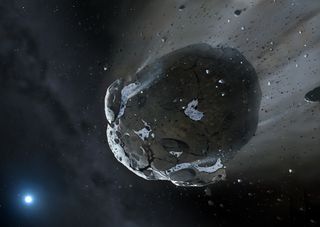
Polluted Star Hints at Water's Origins on Earth and Alien Planets
By Shannon Hall published
Astronomers have spotted a dead star polluted with heavy elements, suggesting that the star recently chowed down on a water-laced asteroid.
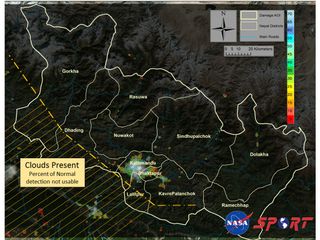
Satellite Photos Aiding Nepal Earthquake Recovery Efforts
By Shannon Hall published
Scientists at space agencies across the world are using satellite images and other technologies to aid those affected by Nepal's earthquake.
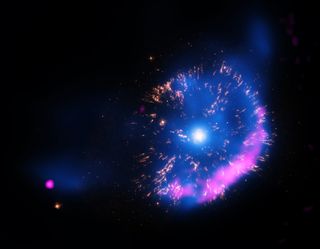
Century-Old 'Mini-Supernova' Captured in Gorgeous NASA Photo
By Shannon Hall published
The century-old outburst from a classical nova is still going strong and surprising astronomers with its steady temperature.
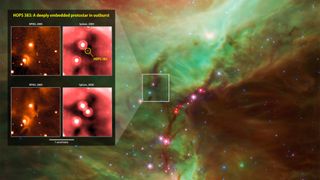
Newborn Star Erupts After Binging on Gas and Dust
By Shannon Hall published
A young star in Orion's dusty nebula roughly 1,400 light-years away has erupted after munching down gas and dust.
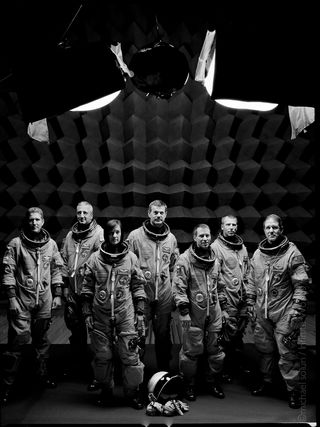
The Last Hubble Servicing Mission: Q&A with Photographer Michael Soluri
By Shannon Hall published
An interview with photographer Michael Soluri, who chronicled the leadup to the last servicing mission to the Hubble Space Telescope.
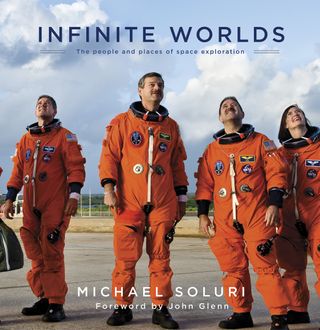
'Infinite Worlds': NASA's Last Hubble Telescope Mission in Photos by Michael Soluri
By Shannon Hall published
Photographer Michael Soruri captures Hubble’s last servicing mission in his new book, “Infinite Worlds.” Here’s a sneak peak.
Breaking space news, the latest updates on rocket launches, skywatching events and more!

